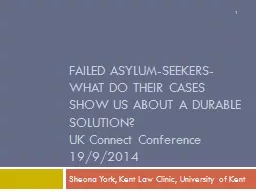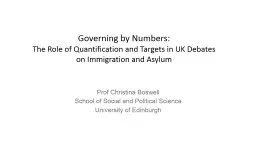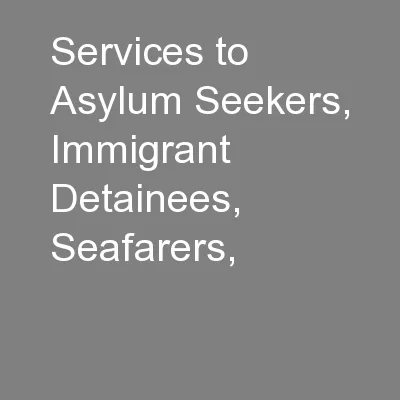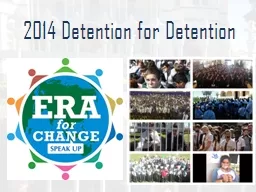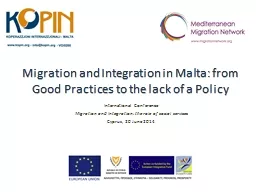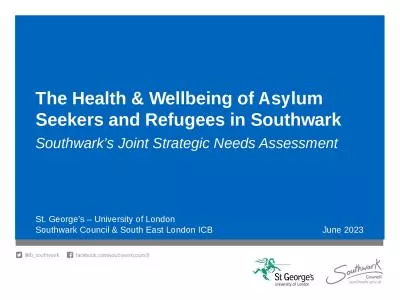PPT-Failed asylum-seekers- what
Author : phoebe-click | Published Date : 2015-10-21
do their cases show us about a durable solution UK Connect Conference 1992014 Sheona York Kent Law Clinic University of Kent 1 Kent Law Clinics research How
Presentation Embed Code
Download Presentation
Download Presentation The PPT/PDF document "Failed asylum-seekers- what" is the property of its rightful owner. Permission is granted to download and print the materials on this website for personal, non-commercial use only, and to display it on your personal computer provided you do not modify the materials and that you retain all copyright notices contained in the materials. By downloading content from our website, you accept the terms of this agreement.
Failed asylum-seekers- what: Transcript
Download Rules Of Document
"Failed asylum-seekers- what"The content belongs to its owner. You may download and print it for personal use, without modification, and keep all copyright notices. By downloading, you agree to these terms.
Related Documents

